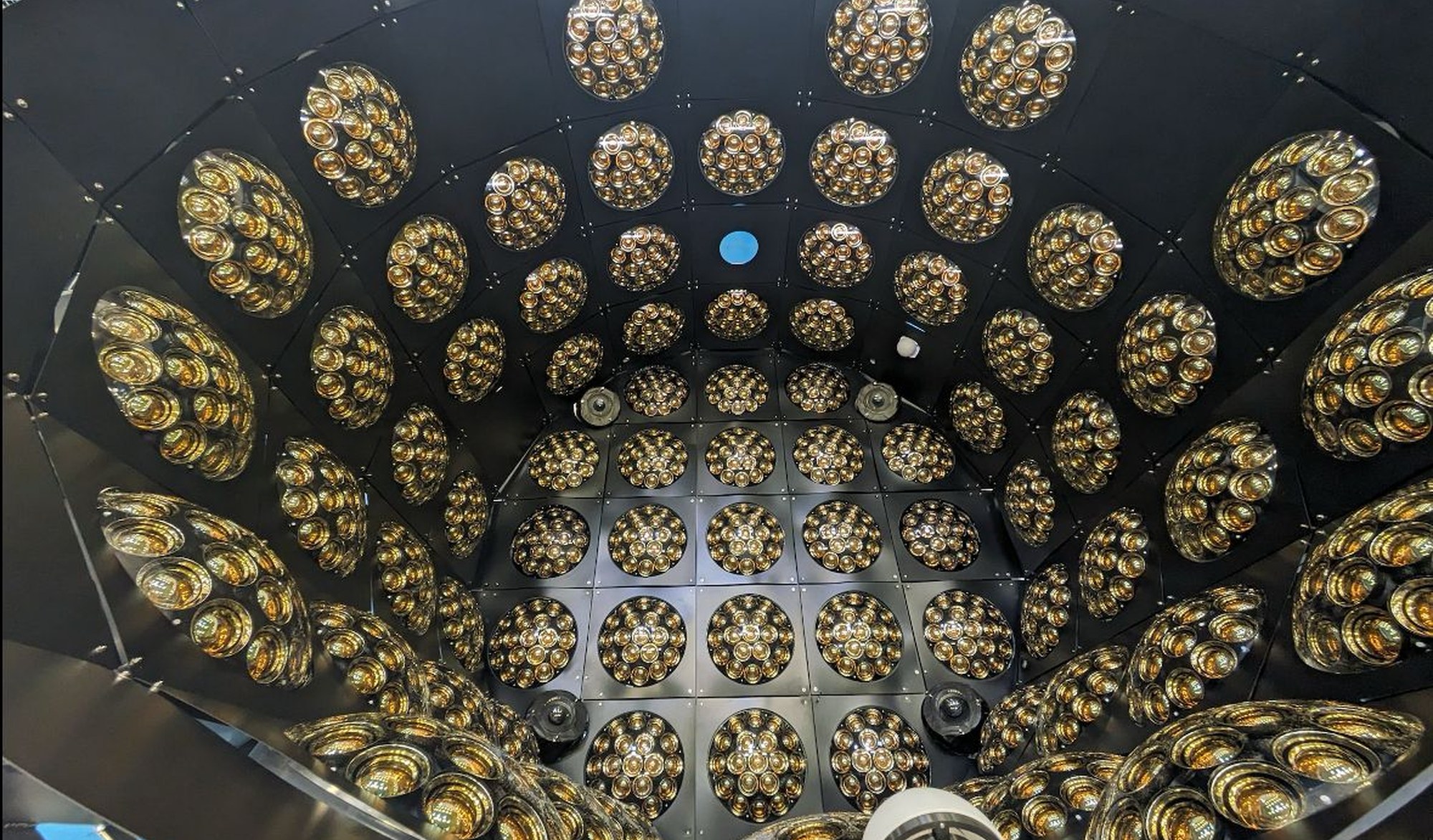Neutrino Research with the Hyper-Kamiokande Detector

Internship
Type of Project: Experimental
Location: Donostia
Supervisors:
Helena Almazán, Jorge Pelegrín
The Hyper-Kamiokande experiment is designed to explore fundamental questions in particle physics, including neutrino oscillations, proton decay, and the detection of astrophysical neutrinos. This research project aims to enhance the understanding of neutrino interactions through focused studies for the Hyper-Kamiokande detector. This project combines software and hardware studies. The first involves studies of particle interactions within water Cherenkov medium using Monte Carlo simulations, to help modelling particle interaction on photo multipliers (PMTs). This will help understanding Cherenkov light signals and ultimately increasing the detector sensitive to rare events. The second part of the project focuses on hardware activities related to the PMTs’ covers for Hyper-K produced at DIPC. The student will work collaboratively with the research group to test, calibrate, and optimize PMTs related components.
By combining computational tools and experimental techniques, this project offers the opportunity to contribute to cutting-edge neutrino physics and the advancement of the Hyper-Kamiokande detector’s capabilities in exploring fundamental questions of particle physics.
